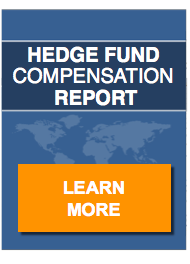Hedge fund strategies designed to protect investors against unpredictable risks, so-called “Black Swans,” are soaring in popularity, especially as Europe’s debt woes intensify.
Hedging against unforeseen events was popularized in the 1980s by traders such as Nassim Nicholas Taleb, who wrote a book about it in 2007 entitled “The Black Swan.” The term refers to the widely held belief that only white swans existed, until black swans were discovered in Australia in 1697. In his book, Taleb warns that bankers were relying too heavily on mathematical probability models that didn’t take into account the unpredictable nature of humans and natural disasters to alter the investment landscape.
Today, some funds are designed to be more flexible in this respect. They are also called “tail funds,” named after the bell-shaped curves that forecasters use to plot the probability of losses or gains in a given market, according to an article from Bloomberg.
Among the better-known tail fund examples are Saba Capital Management LP’s $550 million tail risk fund, which gained 11.5% in September. Saba, founded by former Deutsche Bank AG credit trader Boaz Weinstein, gained as junk bonds had their biggest monthly losses since the months after Lehman Brothers Holdings Inc.’s bankruptcy in 2008.
“The tail fund benefited from our focus on credit because equity just hasn’t moved as much proportionally,” Weinstein said. “This is not altogether surprising considering the level of fear and uncertainty related to sovereign and bank solvency.”
Other firms using tail fund strategies include Pine River Capital Management, Universa Investments LP, a hedge fund founded and owned by Mark Spitznagel that seeks to protect clients against black-swan events, PIMCO, Capula Investment Management, and Gramercy.
The 13 percent decline in the benchmark Standard & Poor’s 500 Index from July 29 through Aug. 8 may be driving greater demand for tail-risk hedge fund strategies. Tail-risk coverage has jumped from less than $500 million before the September 2008 collapse of Lehman Brothers Holdings to more than $38 billion today, according to Bloomberg. Investors are eager to buy protection in this see-saw market.


